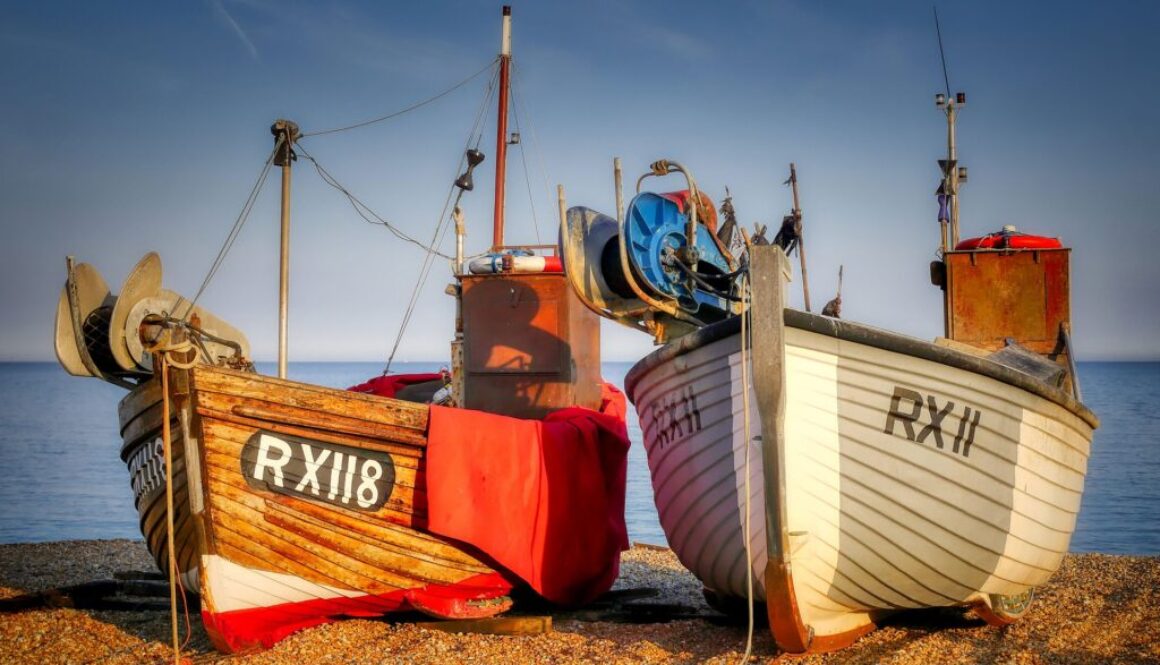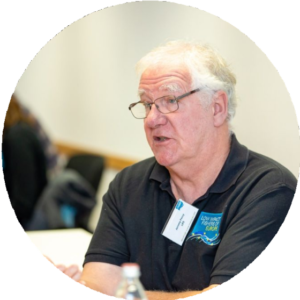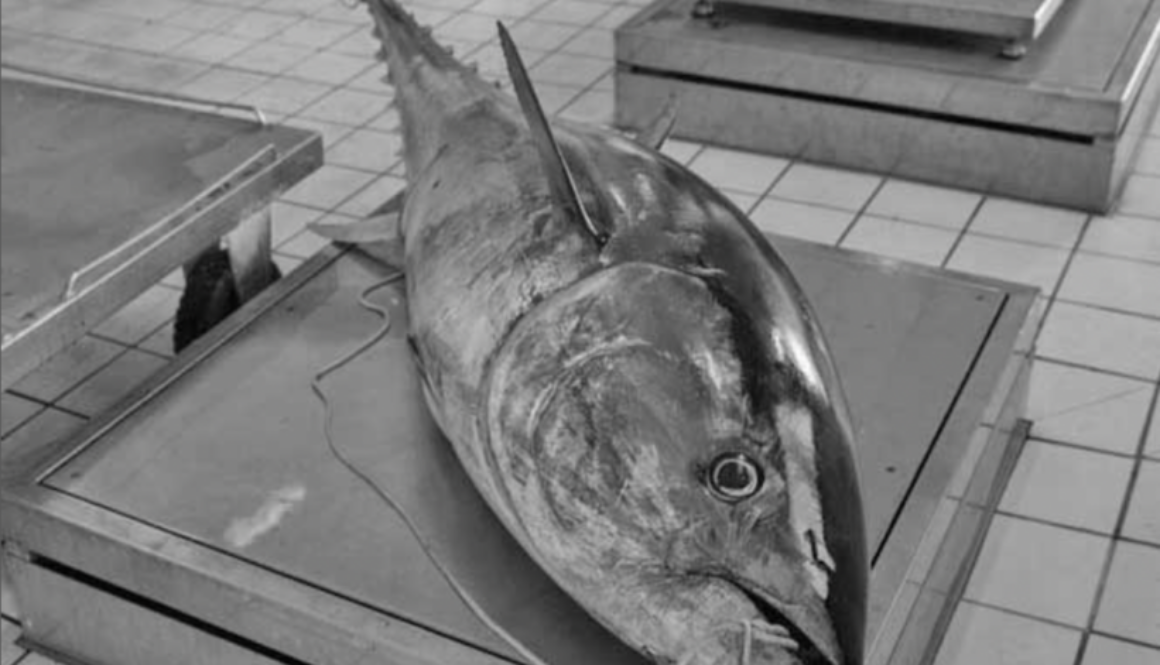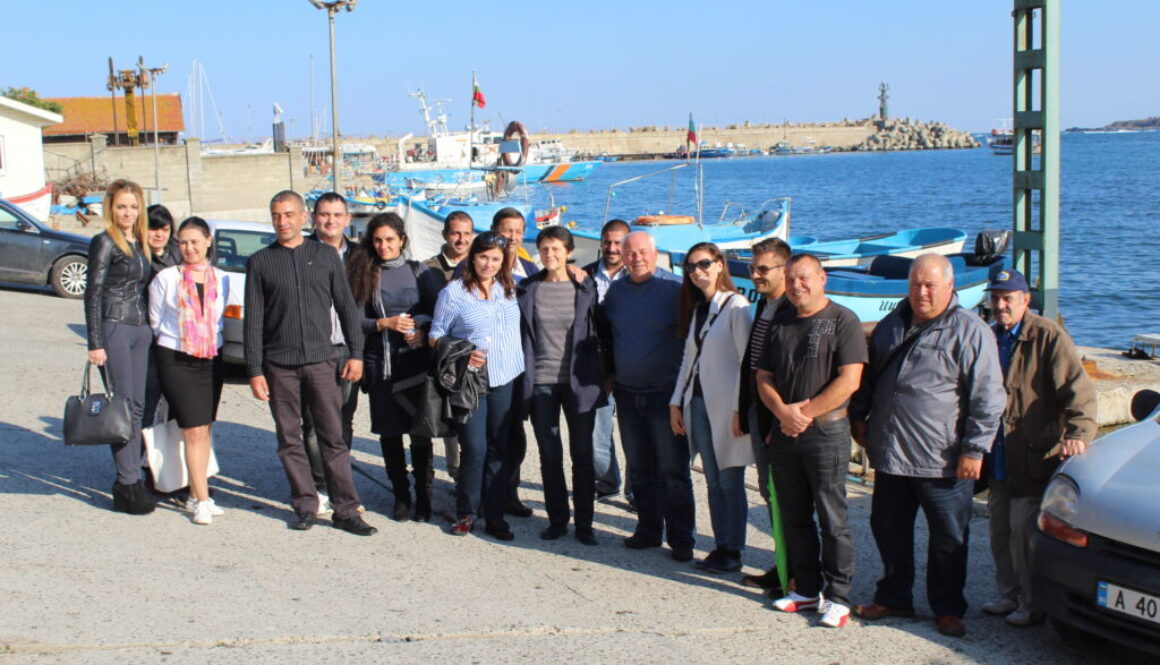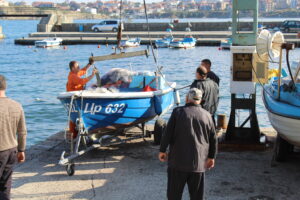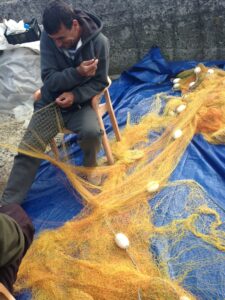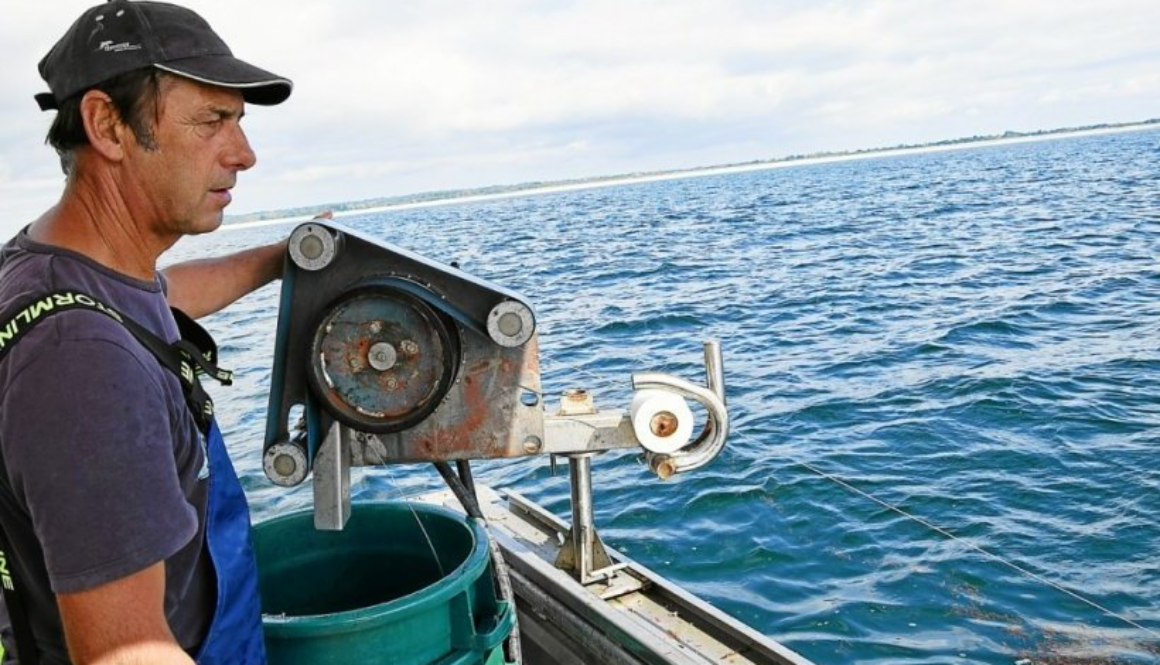Ken Kawahara, tajnik Udruge ribolovaca iz Bretanje, nedavno je intervjuirao Gwenn Pennarun, predsjednicu iste udruge, kako bi se osvrnuo na dosadašnju tešku ribolovnu sezonu.
Kakva je vaša procjena ribolovne sezone 2023.?
2023. je bila posebno teška godina. Ribari u našoj udruzi uglavnom ovise o brancinu, kojeg počinjemo loviti od sredine ožujka nadalje. Ovo je kraj razdoblja biološkog mirovanja brancina u Biskajskom zaljevu, mjere koju su naši ribari dobrovoljno usvojili.
Početak sezone je uvijek miran, treba pričekati da se riba vrati na obalu, a ribolov ponovno počinje u travnju ili svibnju. Proljeće nam je najvažnije vrijeme, ali ove godine ulovi su bili vrlo slabi, puno lošiji nego prethodnih godina.
Naši ribari, bilo na jugu Bretanje ili sjevernije, u La Mancheu, iznijeli su isto zapažanje. To je zapanjujuće, s obzirom na to da znanstveni savjeti nikada nisu bili tako pozitivni, a preporuke za ulov tako visoke.
Kako bi nadoknadili ovaj nedostatak brancina, neki su pokušali uloviti hobotnicu ili bakalara, ali hobotnice je puno manje nego 2021. godine, a i bakalar je u opadanju.
Brancin je pod mjerama upravljanja od 2016. u La Mancheu i 2017. u Biskajskom zaljevu. Ograničavanje rekreacijskog izlova na 2 brancina dnevno omogućilo je suzbijanje zlouporabe nekih subjekata. Logično, trebalo bi doći do poboljšanja situacije na obje strane, ali to u stvarnosti uopće nije ono što vidimo. U 2022. godini cijela francuska ribarska flota u Biskajskom zaljevu nije uspjela uloviti ni cijeli odobreni ulov (2446 tona). Ulovili su samo 761 TP3T odobrenog ulova. 1851 tona. Ipak, nametnuta zakonska ograničenja su ublažena upravo kako bi se koćaricama i mrežama za ribolov omogućio ulov veće količine brancina, posebno tijekom zimskog razdoblja, kada se brancin razmnožava…
Ova situacija nas jako zabrinjava jer ne znamo jesu li znanstvenici pogriješili u svojim izračunima ili brancini mijenjaju svoje ponašanje i biotope, možda zbog klimatskih promjena ili zbog drugih čimbenika koje nažalost trenutno nitko ne razumije.
A što je s ostalim vrstama koje traže ručni crtači?
Neki ručni ribolovci imaju drugačiju strategiju i traže druge vrste, poput bakalara, orade ili plavoperajne tune, ali nijedna od njih ne nudi isti ekonomski potencijal kao brancin. Sezona ribolova za ove vrste često je kraća, a cijene su neizvjesnije nego za brancina. Što se tiče plavoperajne tune, samo nekolicina ručnih ribolovaca ima europsko odobrenje za ribolov i dovoljnu ribolovnu kvotu za ciljani ribolov, ali samo nekoliko mjeseci u godini.
Ručni ribolovci redovito love bakalara jer se nalazi u manje-više istim područjima kao i brancin. U Biskajskom zaljevu to je u biti usputni ulov, koji čini mali dio njihovog prometa.
S druge strane, u departmanu Manche (Kanal), počevši od Audiernea, mnogi ručni ribolovci uvelike ovise o brancinu, ponekad čineći više od 90% njihova prometa. Ta je ovisnost bila manje izražena prije nego što su se zalihe brancina srušile 2010-ih. Polak je tada postao zamjenska vrsta za te ribare.
Nažalost, naši ribari već nekoliko godina primjećuju smanjenje populacije bakalara, posebno nedostatak velikih jedinki, što je znak zdrave populacije kada su prisutne. Ovaj uočeni pad znanstvenici i političari godinama su ignorirali. Međutim, ove je godine ICES preporučio potpuni moratorij na ribolov bakalara u La Mancheu. Ako bi se ovaj moratorij nametnuo, to bi bila prava katastrofa za desetke ribara ručnim ribolovom, koji nažalost nemaju alternativu.
Zaista želimo da se primijene sve mjere za obnovu populacije bakalara, ali je ključno sačuvati ručne ribe kojima prijeti ova zabrana, a koje ipak ulove samo mali dio iskrcanog ulova bakalara.
Stoga pozivamo na plan obnove populacije bakalara, koji mora uključivati sljedeće mjere:
-
- Uvođenje individualni godišnji limit dodjeljuje se kao prioritet onim ribarima koji najviše ovise o bakalaru I koji se bave ribolovom udicom.
- Uvođenje kvote 0 za plovila za razonodu
- Minimalna duljina povećan do 40 cm
- Uvođenje razdoblje biološkog mirovanja između siječnja i ožujka
Kakve su vaše nade za budućnost?
S obzirom na sve krize koje smo proživljavali posljednjih nekoliko godina, cijeli naš sektor je pod ozbiljnom prijetnjom. Bilo da se radi o krizi goriva, slučajnom hvatanju kitova, globalnom zatopljenju itd., svi znakovi upozorenja bljeskaju crveno.
Možda mislite da su mali ribari poput nas bolje zaštićeni od koćarica jer smo manje ovisni o gorivu, naše ribolovne prakse poštuju morski okoliš i praktički nemamo otpada. Ali ribarska industrija je ekosustav sam po sebi i ako koćarice i druge vrste plovila nestanu u kratkom roku, ništa neće osigurati daljnji opstanak aukcija koje nam omogućuju jednostavnu prodaju naše ribe, veletrgovaca koji je kupuju ili prijevoznika koji je prevoze našim krajnjim kupcima. Čak i ako smo došli u sukob s određenim vrstama intenzivnog ribolova kao što su pelagične koćarice ili plivarice, ne želimo da nestanu, samo da promijene svoje prakse i da ne ciljaju pridnene vrste poput brancina ili orade, na primjer.
Ono što nedostaje našem sektoru jest vizija za budućnost, koja, naravno, mora uključivati tehničke izazove dekarbonizacije, ali koja također mora uzeti u obzir ekološka pitanja: stanje naših resursa općenito nije dobro, a još manje dobro nego kada sam ja počeo u ovom poslu. Moramo obnoviti ribolovne resurse i morsku bioraznolikost u cjelini ako želimo da naša djeca mogu preuzeti palicu.
Međutim, postoji mnogo mladih ribara koji su motivirani i spremni preuzeti od nas, posebno u našem segmentu malog ribolova. No, ti mladi ljudi se vrlo često suočavaju s brojnim problemima, poput cijene plovila, dostupnosti ribolovnih prava i kvota, koje su često u rukama najvećih plovila.
Nadam se da ćemo u budućnosti moći podržati ove mlade ljude da započnu pod dobrim uvjetima, kako u smislu prava na ribolov, tako i u smislu zdravih resursa koje ćemo pomoći obnoviti.
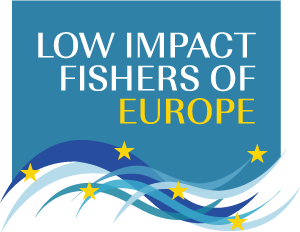
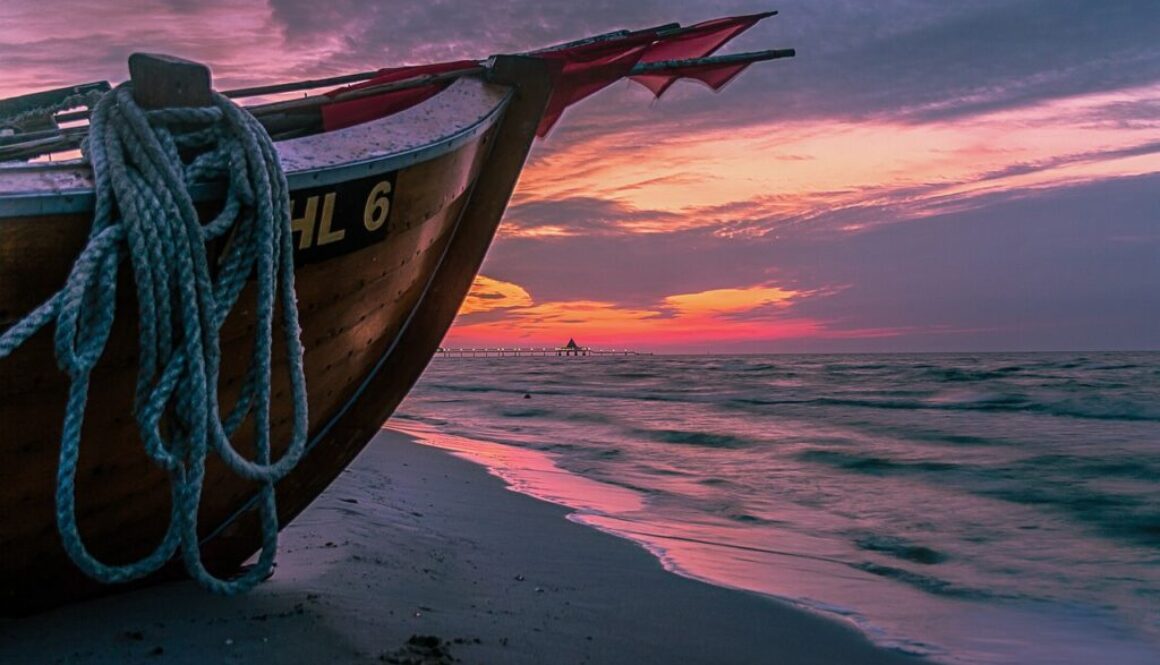
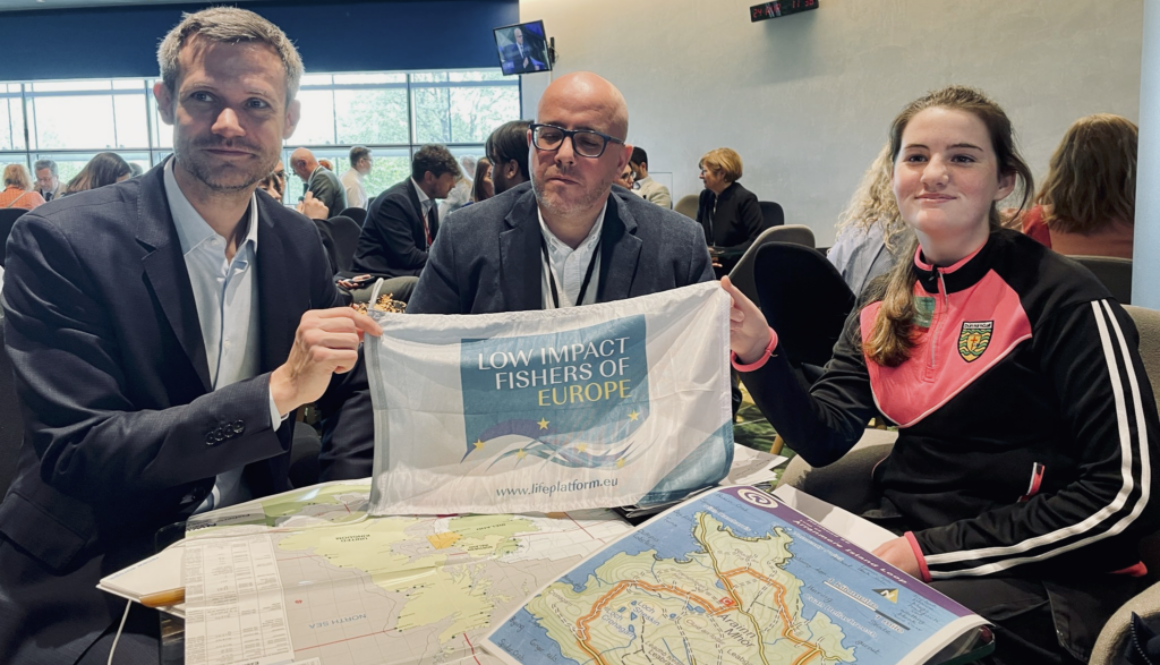
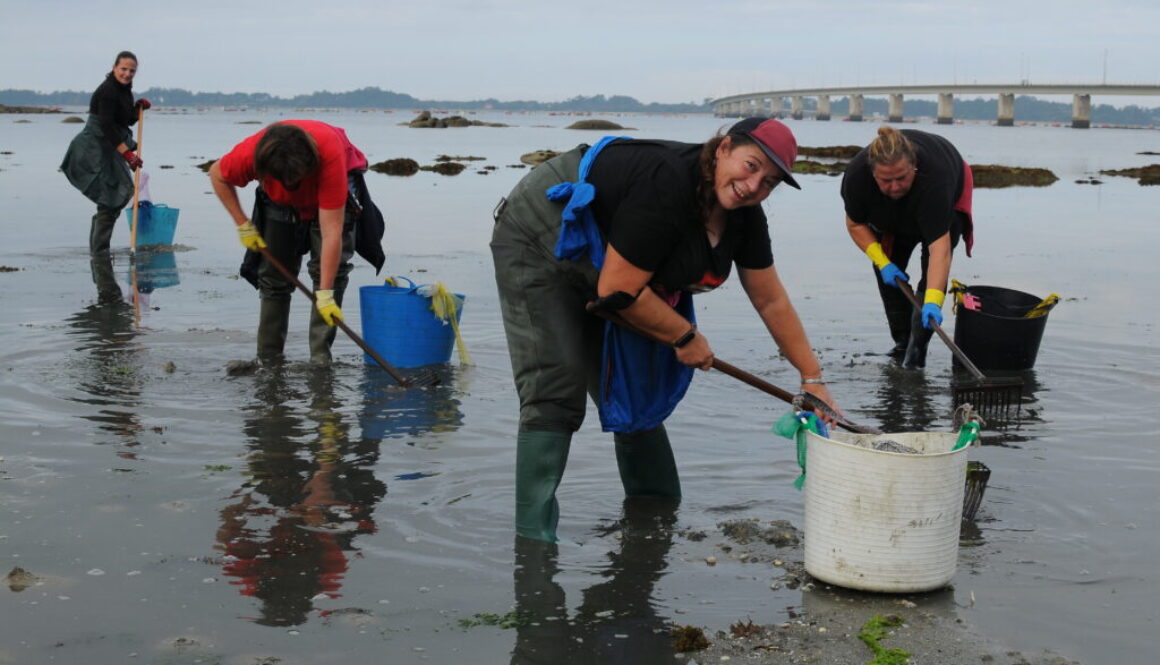
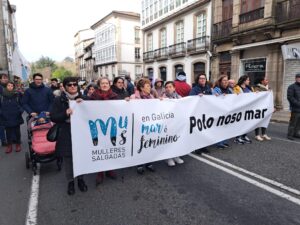 Dobrodošli u LIFE! Jako nam je drago što ste članovi naše platforme. Možete li nam reći nešto više?o vašoj organizaciji, njezinom podrijetlu, gdje se nalazite i gdje radite?
Dobrodošli u LIFE! Jako nam je drago što ste članovi naše platforme. Možete li nam reći nešto više?o vašoj organizaciji, njezinom podrijetlu, gdje se nalazite i gdje radite? 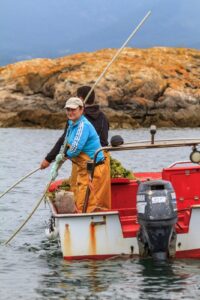 Trenutno je glavna briga smrtnost školjkaša na plažama i smanjenje resursa školjkaša. Nalazimo se u vremenu kada mnoge galicijske skupine sakupljača školjkaša prestaju s aktivnostima ili prikupljaju vrlo male kvote, što znači nedostatak prihoda. Nisu svi sakupljači školjkaša ovlašteni primati naknadu za prestanak aktivnosti; štoviše, postupci traju dugo. Još uvijek postoje sakupljači školjkaša koji nisu primili ništa i nisu radili od siječnja. Hitno je preispitati upravljanje izlovom školjkaša, kao i zahtjeve za dobivanje dozvola i uvjete za ostvarivanje koristi od prestanka aktivnosti.
Trenutno je glavna briga smrtnost školjkaša na plažama i smanjenje resursa školjkaša. Nalazimo se u vremenu kada mnoge galicijske skupine sakupljača školjkaša prestaju s aktivnostima ili prikupljaju vrlo male kvote, što znači nedostatak prihoda. Nisu svi sakupljači školjkaša ovlašteni primati naknadu za prestanak aktivnosti; štoviše, postupci traju dugo. Još uvijek postoje sakupljači školjkaša koji nisu primili ništa i nisu radili od siječnja. Hitno je preispitati upravljanje izlovom školjkaša, kao i zahtjeve za dobivanje dozvola i uvjete za ostvarivanje koristi od prestanka aktivnosti.